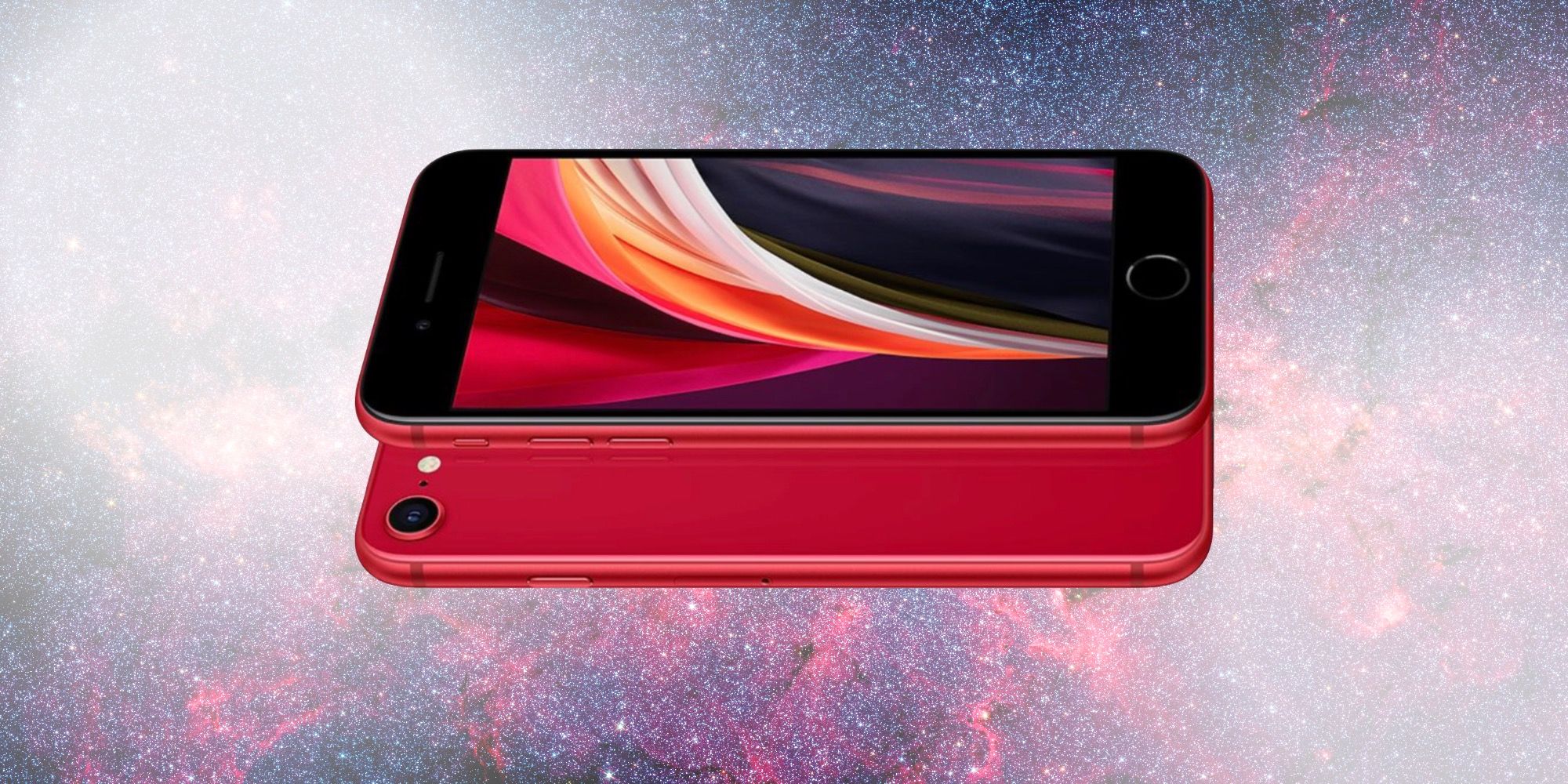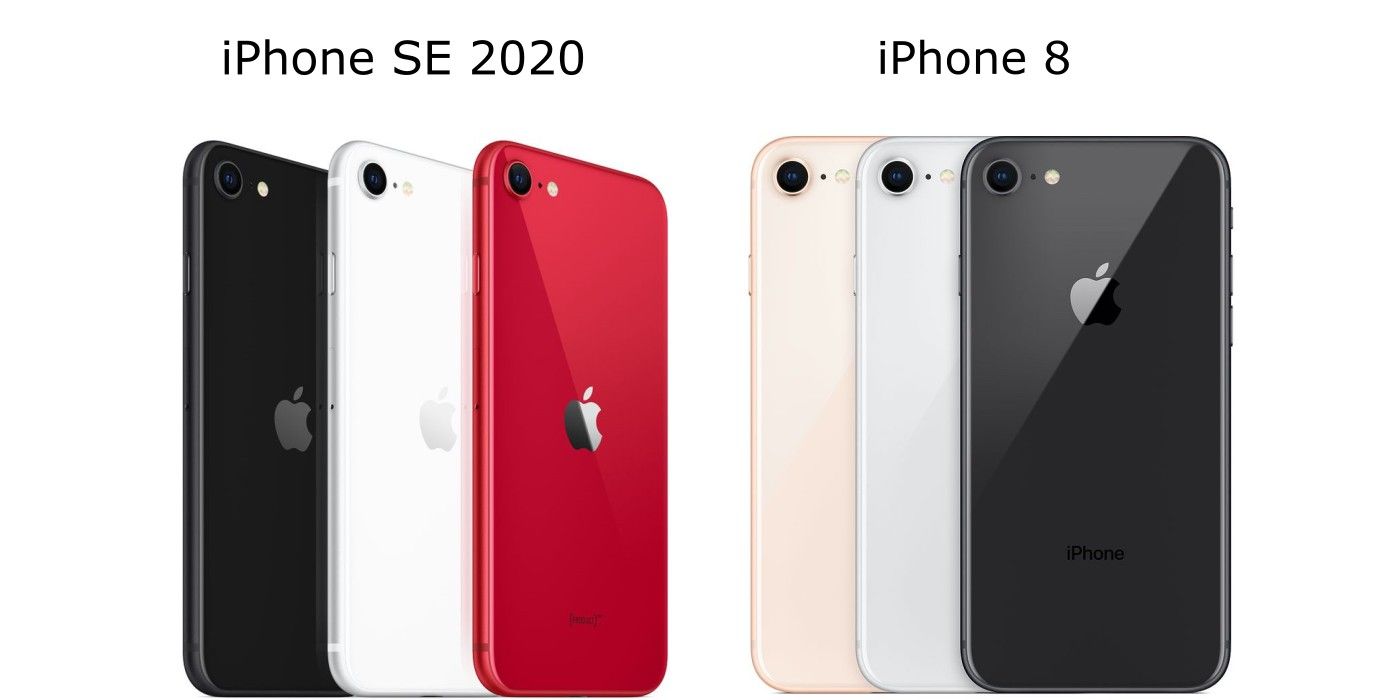The 2020 version of the iPhone SE is the new low-cost phone from Apple, even though it has many of the same features that the more expensive iPhone 11 has, and even some found on the iPhone 11 Pro. With the phone announced at an incredible $399, what is so different about it that Apple is able to offer the iPhone SE at such a cheap price?
Apple released a budget model in 2016 with a tiny 4.7-inch screen that was loved by many, simply due to the smaller size. After all, not everyone has hands large enough to manage a phone with a 6-inch screen. There was no refresh until this year when Apple finally updated the iPhone SE again. Apple, of course, announces new phones every year, and usually offers at least a few options to match different price points. However, due to pressure from other low-cost phones, including last year's Google Pixel 3a, Apple felt the need to compete at a lower cost. On a related note, Google recently announced the Pixel 4a, pushing the cost even lower.
Naturally, some features and specifications had to be cut back in order for Apple to offer the new 2020 iPhone SE at such a low price. Immediately apparent is the size difference. Apple matched the size of the new phone to that of the iPhone 8. This not only means a lower cost screen, but also a smaller battery, and the ability for Apple to reuse much of the effort that goes on behind the scenes. For example, reusing some of the factory tooling and machinery that physically manufactures the body of the phone. The iPhone SE uses Touch ID rather than Face ID, a much less expensive method of authentication, removing the need for a TrueDepth camera. Touch ID also means it has the old style home button on the front. Wrapping up the physical differences, it has a single rear camera, instead of the two to three found on more expensive iPhone models. As to be expected, more cameras adds complexity to the design and the extra components increase expense.
More iPhone SE Cost Savings Explained
Internally, the differences are smaller. All of the latest iPhone models use the newest A13 processor, a blazing fast and low-power mobile chip of Apple's own design. The operating system of the iPhone SE is the same iOS 13 that's found in the iPhone 11 and iPhone 11 Pro models. However, the lower cost phone has a 7-megapixel front facing camera, instead of the 12-megapixel included with its older siblings. Then there's the IP rating of 67, instead of 68, meaning only one meter of water resistance, and not the two to four meters available with the costlier phones. Something that has no effect at present, but may matter in the future - the iPhone SE lacks the Ultra Wideband chip that Apple describes as allowing for spatial awareness. This feature hasn't really been used much, other than air-dropping with positional accuracy, so it may not matter to most consumers.
The 2020 iPhone SE is an incredible phone in itself and worthy of the Apple pedigree. What really makes it stand out is the low, low price and small screen size, while not skimping on the most important details. At a time when most phones are creeping toward seven inches, the iPhone SE offers an option for those that still want a small phone. While Apple is not the only company to focus on smaller and cheaper phones recently, the iPhone SE has a lot going for it, beyond its cheap price.
Source: Apple


